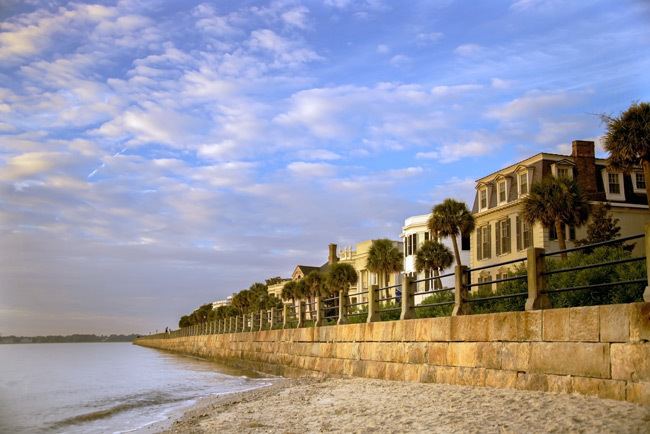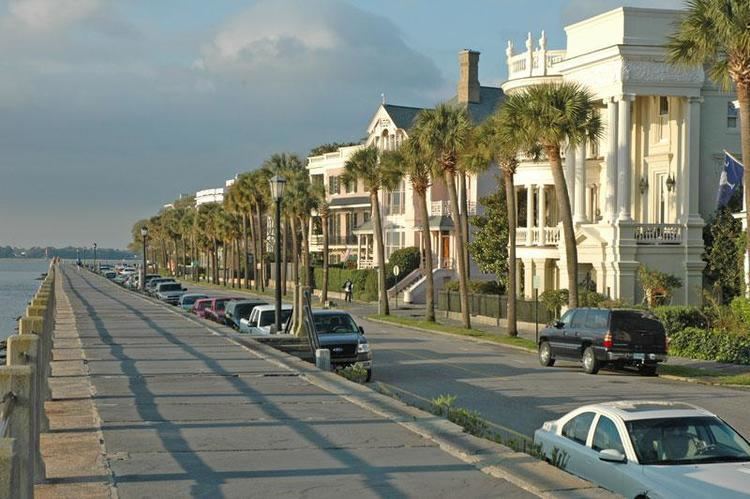Full name Charleston Battery Ground Capacity 5,113 Website Club home page Manager Michael Anhaeuser Founded 1993 | Nickname(s) Battery Owner B Sports Entertainment Head coach Michael Anhaeuser | |
 | ||
2016 6th, Eastern ConferencePlayoffs: Conference Semifinals Training ground Charleston Battery Practice Facility Profiles | ||
Watch live louisville city fc vs charleston battery 10 8 16
Charleston Battery is an American professional soccer club based in Charleston, South Carolina. Founded in 1993, the team plays in the United Soccer League and, along with the Richmond Kickers, is the oldest continuously operating professional soccer club in the United States.
Contents
- Watch live louisville city fc vs charleston battery 10 8 16
- Watch live charleston battery vs bethlehem steel fc 9 10 16
- History
- Colors and badge
- Stadiums
- Club culture
- Current roster
- Staff
- Notable former players
- Head coaches
- Achievements
- Record vs International and MLS teams
- References

Charleston is one of the more successful lower division soccer teams in the United States, having previously won the USISL Pro League in 1996, the USL A-League in 2003, and the final season of the USL Second Division in 2010. In 2012, the team won the USL Pro Championship, winning its fourth league title in club history. Charleston is also the most successful club in the history of the unofficial Southern Derby competition with five first-place finishes.

The club has played its home games at the soccer-specific MUSC Health Stadium in the Daniel Island section of Charleston since 1999. The team's colors are black and yellow, with a traditional red scheme for away uniforms. Since 2005, their head coach and general manager has been Mike Anhaeuser.
Watch live charleston battery vs bethlehem steel fc 9 10 16
History
The Battery was formed in 1993 by an ownership group of local soccer enthusiasts led by Tony Bakker, a native of London who had relocated his software company Blackbaud to the Charleston area in 1989. The club hired experienced college coach and University of South Carolina graduate Tim Hankinson to develop the team, and the Battery started as a member of the USISL, which eventually evolved and came to be known as the USL in 1995. The Battery won their first league championship in 1996 under Portuguese manager Nuno Piteira, defeating the Charlotte Eagles 3–2 in the final. In 1997 Charleston became one of the original clubs of the newly branded A-League (later the USL First Division).
In 1999 the Battery moved into what is now known as MUSC Health Stadium, becoming the first non-Major League Soccer professional club in the United States to build its own stadium, and forged a reputation as one of the country's most well-established lower division clubs. The Battery hired veteran English coach Alan Dicks and signed many experienced domestic players such as Paul Conway, Dan Calichman and Eric Wynalda while also bringing in notable foreign signings such as Terry Phelan and Raúl Díaz Arce. In 2001 Dicks was replaced by fellow Englishman Chris Ramsey, who led Charleston to the A-League championship in 2003 with a 3–0 victory in the final over Minnesota Thunder in Charleston. Following Ramsey's departure in 2004, the club promoted longtime player and assistant coach Mike Anhaeuser to be the club's new manager.
In 2008 the Battery reached the Lamar Hunt US Open Cup final for the first time, playing against Major League Soccer team D.C. United at RFK Stadium. In the final the Battery conceded an early goal but bounced back with a quick-fire equalizer through an Ian Fuller goal, assisted by Chris Williams. Later in the half Lazo Alavanja hit the post but at half time the scores were tied at 1–1. At the start of the second half Charleston conceded early again, but in the final seconds of extra time Marco Reda put the ball in the back of the net for Charleston, only to have his goal controversially disallowed as offside. D.C. United would go on to win the match 2–1. Charleston remain the most recent non-MLS club to play in the Open Cup final.
In 2010 Charleston was invited by several other USL clubs to join the breakaway league eventually known as the North American Soccer League, but the Battery chose to remain in the USL system and self-relegate to the USL Second Division, which eventually became the chief USL professional division. In their first third division season in 2010, Charleston led the league standings for the entire year and went undefeated at home. Charleston defeated the Richmond Kickers 2–1 in the final to claim the club's third league championship. Lamar Neagle was named the USL-2 league MVP and lead the league in scoring with 13 league goals. Anhaeuser was named the league's manager of the year, his second time receiving the honor. In 2012 the Battery won their fourth league title in club history, defeating local rivals Wilmington Hammerheads 1–0 in the final. Micheal Azira scored a 74th-minute winner after Jose Cuevas slipped a pass to him on the left side of the penalty area.
In recent years the Battery have had loan affiliations with several Major League Soccer clubs, beginning with a one-year deal to become the USL Pro affiliate of Vancouver Whitecaps FC in 2014. For the 2015 season, the Battery signed a one-year deal to affiliate with the Houston Dynamo. On January 15, 2016, it was announced that the club would be partnering with the Atlanta United FC for the 2016 MLS season prior to Atlanta's entry to MLS in 2017.
In February 2016, it was announced that longtime majority owner Tony Bakker had sold the club to B Sports Entertainment, an investment group led by local tech executives.
Colors and badge
Charleston's traditional colors are yellow, black and red. In the Battery's first few seasons, the home kit was typically black and white with a red accent. Beginning in 1997 the club began using black with yellow stripes, which has remained in use as the home jersey ever since. The Charleston away kit has typically been a combination of red and black, though for the 2016 season the away kit is entirely in fluorescent yellow.
The club badge has been the same throughout its history, other than minor adjustments in color and resolution. It is a classic shield in the club's signature yellow and black stripes, featuring a pair of crossed artillery cannons (alluding to the city's naval history and prominent role in the American Civil War and American Revolution) above a depiction of a soccer ball.
Stadiums
The Battery played their first six seasons in downtown Charleston at Stoney Field, a facility they shared with various college and high school sports teams.
The club moved to MUSC Health Stadium (previously known as Blackbaud Stadium) in the suburban area of Daniel Island in 1999. The first privately funded soccer-specific stadium built in the United States, it seats 5,100 people. MUSC Health Stadium is modeled on lower level English soccer grounds and features an on-site pub called The Three Lions behind the west stand. The stadium site also features a training field and the club's front office, and is adjacent to the headquarters of Blackbaud, a software company founded by club ownership.
Club culture
The Battery's official supporters' group is The Regiment, who stand in section E1 with other supporters' groups including the American Outlaws-affiliated Queen Anne's Revenge and the Spanish-speaking Charleston Barra Brava.
The Battery competes for the Coffee Pot Cup every time it faces their rival team D.C. United of Major League Soccer, a trophy established by the two sides' supporters and currently held by DC. The clubs have regularly faced each other in friendlies and cup competitions, with the 2008 US Open Cup final remaining the highest profile match between the two clubs to date. Charleston are also longtime league rivals of the Richmond Kickers, DC's minor league affiliate.
The team's home games are broadcast on YouTube and local ESPN radio with play-by-play from club president Andrew Bell and commentary from former players Stephen Armstrong and Nelson Akwari. For many years the club were covered by Charleston Post & Courier sportswriter Keith Namm, and the publication's current beat writer for the Battery is Andrew Miller.
Current roster
Where a player has not declared an international allegiance, nation is determined by place of birth. Squad correct as of July 14, 2016.
Staff
Notable former players
This list includes those former players who received international caps while playing for the team, made significant contributions to the team in terms of appearances or goals, or who made significant contributions to the sport either before they played for the team, or after they left.
Head coaches
Achievements
as co-champions^
Record vs. International and MLS teams
Lamar Hunt U.S. Open Cup Record: W:8–D:1–L:13
Carolina Challenge Cup Record: W:5–D:9–L:20
Exhibition Record: W:5–D:2–L:7
